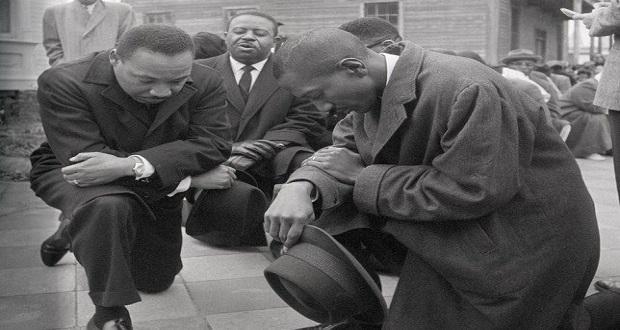
Last week, Forbes released its list of “America’s 100 Most Innovative Leaders.” The three-person, all-male evaluation team measured what they determined are four essential leadership qualities of top founders and CEOs: media reputation for innovation, social connections, track record for value creation and investor expectations for value creation. Based on these criteria they ranked a group of leaders to come up with a list of 100 at top U.S. companies. Sounds innocent enough, right? The issue with this list is that it includes 99 men and ONE woman.
As one could imagine, Forbes received a lot of backlash on the lack of women leaders included on the list. Randall Lane, editor of Forbes, wrote a response to the criticism admitting that the methodology was flawed. In it he explains, “the vast majority of Forbes’ lists are data-driven exercises, where we determine a methodology, crunch the numbers, and let the chips fall where they may,” arguing the validity of the list because it wasn’t just a group of people in a room debating who should make the cut based on subjective criteria.
People have flaws and biases, and these will ultimately inform the methodologies. Therefore, if the right people are not in the room – meaning if the room is all one demographic – there is bound to be something missing. Share on XBut just because it is data-driven doesn’t mean it’s correct – no methodology is free from flaws and biases. As Tiffany Dufu, founder and CEO of The Cru, explains in the video below, algorithms and methodologies are designed and decided on by people. People have flaws and biases, and these will ultimately inform the methodologies. Therefore, if the right people are not in the room – meaning if the room is all one demographic – there is bound to be something missing. The perspective and experiences beyond the white male perspective need to be considered and included.
It surprises me that the list was agreed upon and published without questioning the lack of diversity. Unfortunately, it seems, if the “lists” do not explicitly mention “women” or “diversity,” then it is assumed “white male,” and no one bats an eye when the majority of the list is just that. Men, white men more specifically, are considered “neutral” in our culture’s collective bias, which allows things like this to still happen. Forbes is not alone – we see this play out in corporations and organizations that we work with as well.
This situation proves that we still have work to do. Even large organizations, like Forbes, that espouse diversity and inclusion, still miss the mark at times. I challenge you, if you find yourself in situations where you need to determine methodologies that select a group of people, you ensure that you have the right representation at the table with you. Lane continued to explain in his response that due to the fact there are fewer women CEOs than men, the pool was limited and therefore “women never had much of a chance here.” Sound familiar? We hear this type of justification often as well: “We can’t find any qualified <insert an underrepresented demographic> candidates.” It’s time to expand our circles, shift our mindsets, and change the way we have always done things.
I leave you with this quote from Supreme Court Justice Ruth Bader Ginsburg, “When I’m sometimes asked when will there be enough [women on the Supreme Court] and I say, ‘When there are nine,’ people are shocked. But there’d been nine men, and nobody’s ever raised a question about that.” Let’s start raising the question! Let’s start challenging the dominant narrative that an all-men leadership is the norm.
Let’s start challenging the dominant narrative that an all-men leadership is the norm. Share on X

















